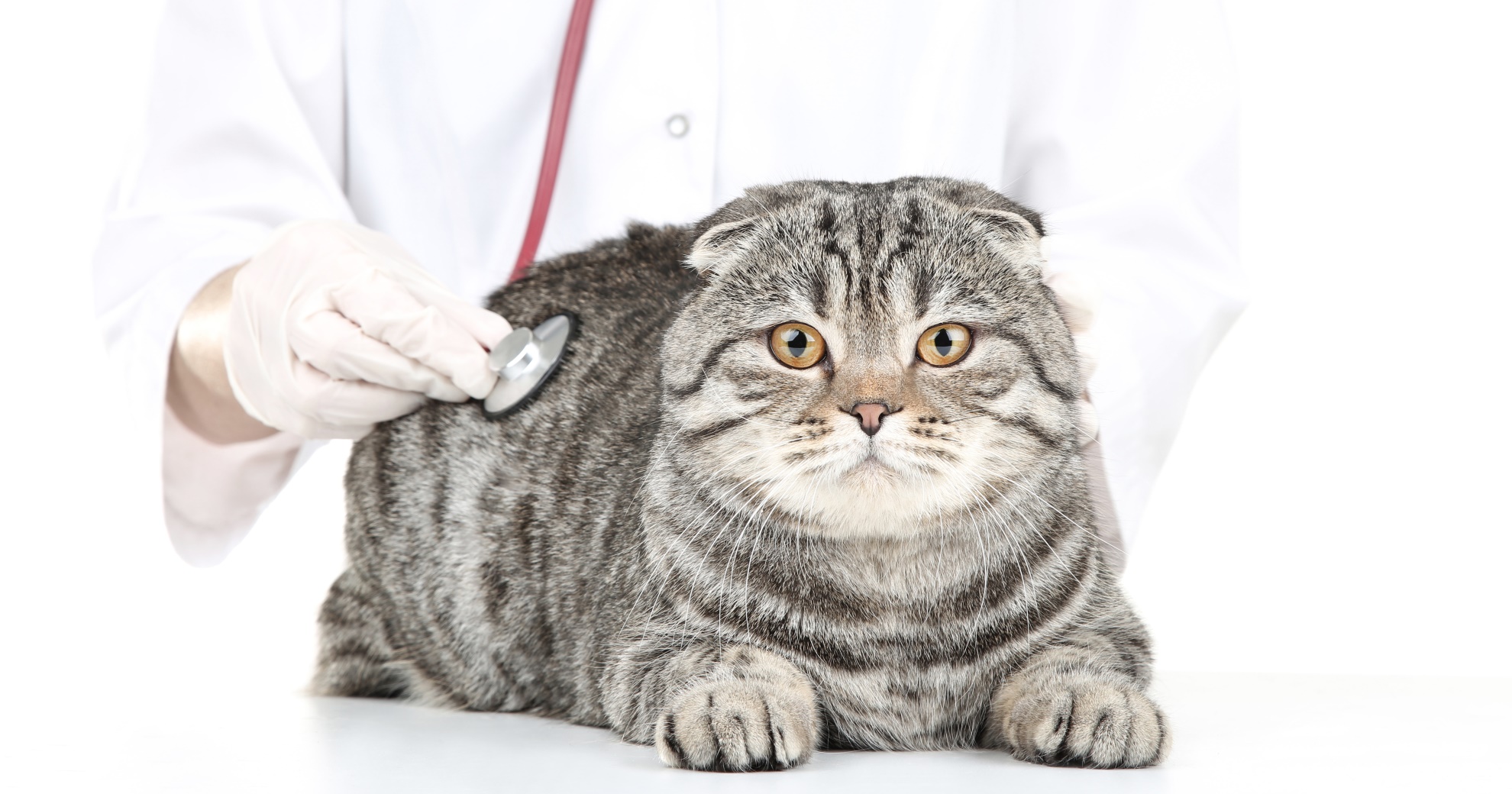HEALTH & WELLNESS

TRENDING

SIGN UP and Start Receiving
Our Monthly Newsletter,
The Chronicles
Diabetes in Cats: Symptoms

Feline Diabetes Overview and Symptoms
DIABETES OR DIABETES MELLITUS IN CATS
More cats, especially older cats, are developing diabetes or diabetes mellitus (sugar diabetes). Diabetes is a chronic disease that affects how the body uses glucose, the main type of sugar in the blood. Glucose is the major source of energy for the body’s cells to function. Glucose comes from foods and is carried to the cells through the bloodstream. Several hormones, including insulin, control glucose levels in the blood.
Although diabetes can’t be cured, it can be managed very successfully, especially if diagnosed early.
OVERVIEW OF DIABETES
Diabetes is an endocrine disorder. The endocrine system features glands that produce and discharge hormones which regulate many bodily functions.
Insulin is one of these hormones. Like the human body, a cat’s body needs insulin to properly regulate blood sugar levels and to respond correctly to normal insulin levels.
In diabetes, the pancreas does not make enough insulin (type 1 diabetes) or the body can’t respond normally to the insulin that is made (type 2 diabetes).
Insulin works like a key that opens the doors to cells and lets the glucose in. Without insulin, glucose can’t get into the cells and so it stays in the bloodstream. As a result, the level of sugar in the blood remains higher than normal. High blood sugar levels are a problem because if left untreated can lead to weight loss, loss of appetite, vomiting, dehydration, severe depression, problems with motor function, coma, and even death.
TYPES OF DIABETES IN CATS
There are two types of diabetes mellitus in cats:
Type 1: Very rare in cats (but more common in dogs). Essentially the pancreas loses its ability to make insulin leading to high glucose concentrations in the blood.
Type 2: This is the most common form of diabetes in cats. The pancreas still makes insulin but the body doesn’t respond to it normally. Glucose is less able to enter the cells and do its job of supplying energy. This raises the blood sugar level, so the pancreas works hard to make even more insulin. Eventually, this strain can make the pancreas unable to produce enough insulin to keep blood sugar levels normal.
FAQS AND ANSWERS ABOUT DIABETES IN CATS
Is one sex more at risk?
Yes, male cats tend to be more prone to this condition.
Risk factors for diabetes in cats?
Age, obesity and physical inactivity.
Are certain breeds predisposed to it?
Yes, Burmese cats.
Is diabetes in cats common?
It’s less common than in dogs, but cases are increasing.
SYMPTOMS OF DIABETES MELLITUS IN CATS
- Weight loss (despite the usual diet)
- Increased thirst
- Increased appetite
- Increased urination
Other Possible Symptoms:
- Vomiting
- Poor coat
- Weakness
- Enlarged liver
- Bladder infections
- Collapse
Some or a combination of these symptoms can also be signs of other conditions and diseases.
If you’ve noticed any of these signs – even just one or two – contact your veterinarian immediately. Your veterinarian will conduct simple tests to check for diabetes, including testing for excessive glucose (sugar) in the blood and urine. Blood tests can also show other indications of diabetes, such as high liver enzymes and electrolyte imbalances.
If diabetes is diagnosed, a treatment protocol, that may include injections together with diet and exercise recommendations, will provide your cat with a better chance of a good quality of life.
Related Articles












